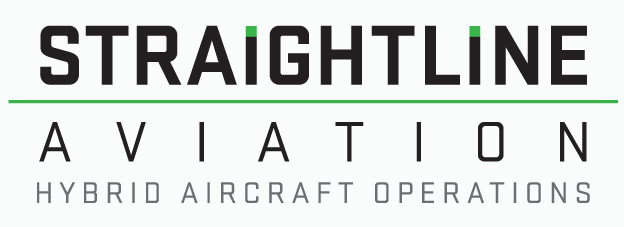Transporting Wind Turbine Blades
Hybrid airship will revolationalise the current way in which we transport speciality products and make the process more economic and safer.
The movement of wind turbine components is not easy due to the sheer size and weight of the components involved requiring extensive coordination and an appreciation and understanding of the complexity involved in their transportation.
The global market for wind energy is continously growing each year. Due to the current rate of demand it is estimated that around 10,000 new turbines will be installed globally over the next 20 years. With the size of a wind turbine being 100 meters or more, and the nacelle, tower and blade may easily weigh over 75, 24 and 9 tons respectively (Cotrell, Stehly, Johnson, Roberts, Parker, Scott & Heimiller, 2014). These dimensions often exceed the limits of infrastructure in most countries, making them difficult and costly to transport.
The Problem with Transporting Wind Turbines
Wind turbines are large, heavy and extremely difficult to transport. Typically, in traditional route planning, the fastest, most cost-effective route is chosen. However, with wind turbine transportation, the best route is adjusted for limitations and barriers, including both physical and regulatory. The issue of size is not likely to subside. Wind turbines have grown significantly since the 1980s and continue to today (AWEA, 2017). This expected increase in size will ultimately lead to higher transportation costs. Currently, wind components are transported using a variety of different modes, including ship, rail and truck. For example, a 150 megawatt wind farm can require as many as 650 truckloads, 140 railcars and eight ships to complete the transportation process (AWEA, n.d.). Wind energy companies require a more cost effective and efficient mode of transportation as year-over-year construction of wind turbines continues to rise by 27 percent (AWEA, 2017).
The initial route surveys were conducted based on the preliminary drawings of the blade. Along the planning, the blade size was increased in terms of width and overall height, which led to transport unit adjustments such as longer overhang due to the movement of the tip support point. All road modifications, like traffic signs positions and removal of trees had changed during the process. All these adjustments have been approved by the local authorities, police and the Danish road authorities. Strong relationships between all involved parties made this a smooth and safe operation.
The transport planning started approximately one year prior to the actual transport. Meetings with the police, local authorities and the road authorities were held on site at different pinch points on the route, discussing the intended methods and expected time for different maneuvers. Close coordination with the authorities and all other parties involved enabled the successful completion of this one of a kind transport. With the route precisely planned in advance and experts on point temporarily dismantling guardrails and road signs the successful completion of the transport represented a proud moment for both Mammoet Wind and LM Wind Power.
These limitations also reflect on the size of wind farms — in general, the length of wind blades that can be transported by road is between 53 m and 62 m, depending on the structural features of the wind blades. The transport of larger supporting structures that are preferable for installing high chairs creates additional challenges. Supporting tower structures are usually limited to a diameter of 4.3 m to 4.6 m, if the transport routes allow so. Despite all these restrictions, towers reaching up to 160 m can indeed be transported.
Another key factor in transportability planning is the analysis of road adequacy and obstacles, for which many transport companies around the world and different wind farm manufacturers use Autopath, a software solution for swept path analysis and vehicle turn simulation. In addition to analyzing the transportability of any transport vehicle for the transport of wind blades and supporting structures, the software solution enables simple import of raster images (Google Maps) that allow analyzing transportation by different access roads to the final destination where windmills are to be installed. Moreover, Autopath software also includes Google Street View, which allows analyzing structures alongside transport routes and route overpass and underpass adequacy, significantly contributing to a more efficient and optimal cost-effective approach to planning the appropriate transportation route.
Solution: Lockheed Martin’s Hybrid Airship is capable of hauling more than 40,000 pounds of cargo, equipment and personnel with little to no infrastructure. It offers the capability to seamlessly transport turbine and installation and offloading equipment for 1,400 nautical miles without refueling. The Hybrid Airship is capable of serving as a blade carrier and handler. Attached to the airship’s gondola, a two part system is self-propelled and designed to securely hold the blade during transport, facilitate the process of loading and unloading, and provide support to easily transport the blade once on land. Additionally, the airship’s one-of-a-kind air cushion landing system allows wind turbine companies to affordably and safely transport parts to nearly anywhere on the planet. Coupling its strength with technologies that preserve the environment and create efficiencies, the Hybrid Airship will revolutionize heavy lift cargo operations. The technologies for the Hybrid Airship are mature and have been demonstrated in-flight. In 2006, the half scale prototype vehicle, P-791, flew in Palmdale, California, and successfully completed all flight test objectives. Since then, the Hybrid Airship team has completed all required FAA certification planning steps for a new class of aircraft and they’re ready to begin construction of the first commercial model and complete the FAA Type certification process.


















